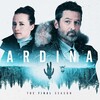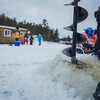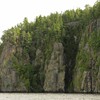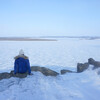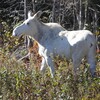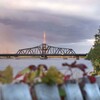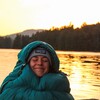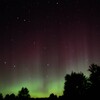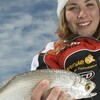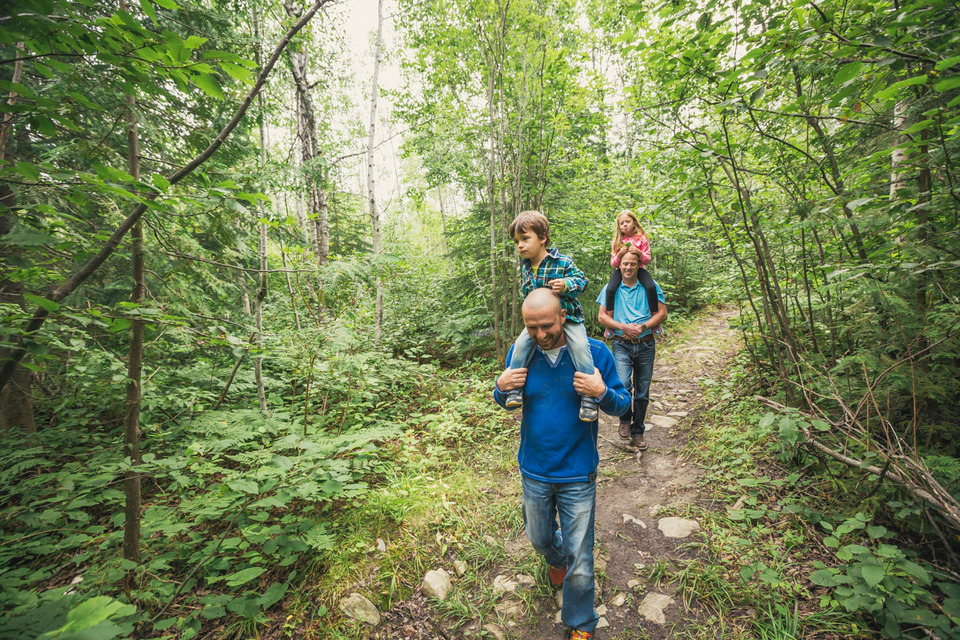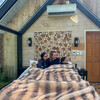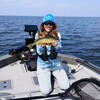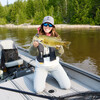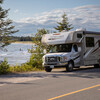A Guide to Mushroom Hunting in Northeastern Ontario
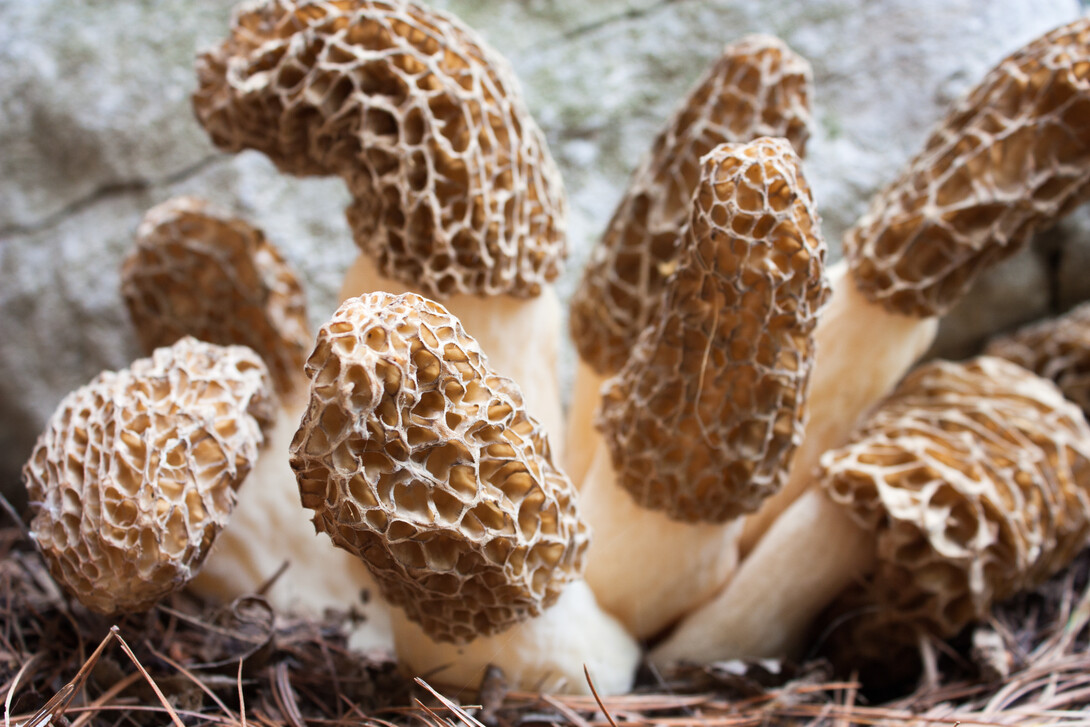
Disclaimer: Some mushrooms are poisonous and can be hazardous to your health or even fatal if ingested. Always forage with a knowledgeable guide. Do not consume anything you cannot identify.
Northeastern Ontario is brimming with wild and delicious edibles throughout the year, and mushroom hunting is one of the most popular forms of foraging in the region! As self-sufficiency and food consciousness increases around the world, more people are becoming more interested in foraging and wild edibles. Learning about the wild foods located near the place that you are visiting is a great way to immerse yourself and connect with the land, and try new culinary delights. Before you take to the forest, make sure that you are ready to go with this guide to Northeastern Ontario mushroom hunting.
What to Bring when Foraging for Mushrooms
It is very important to be prepared when you go out foraging. It is not uncommon to plan for a quick expedition, but lose track of time due to the thrill of the hunt. Here are the most important items to make sure you have with you for mushroom hunting:
- Weather/environment appropriate clothing: Check the weather and be prepared for your day. If you are going to be going into dense unfamiliar bush, bring a long sleeved sweater or light coat and long pants in the summer to protect your arms from scratches or running into poison ivy. If you are going out in the spring, gloves and bug nets will help protect you from the blackflies.
- Rubber/waterproof boots: A great deal of edible mushrooms grow in damp areas. It is never recommended to wear open toed shoes, especially in unfamiliar areas.
- Filet knife, snippers or a pocket knife: You do not want to rip mushrooms. This can damage them and stop them from reproducing in the future.
- Mushroom brush: A soft bristled brush to clean your mushrooms.
- Mesh bag: If you use a mesh bag to carry your mushrooms around, you’re allowing spores to fall from those you’ve collected which can allow for more mushrooms to grow.
- Field Guide: This is arguably the most important item, especially if you are new to mushroom foraging. You can reference websites, but it’s important to make sure you have internet access if you are going to use an online tool. Alternatively, you can download Ontario Nature’s Northern Forest Foraging Guide which includes the most popular fungi and foraged items of Northern Ontario, or grab a hardcopy of a field guide, such as Mushrooms Demystified by David Arora.
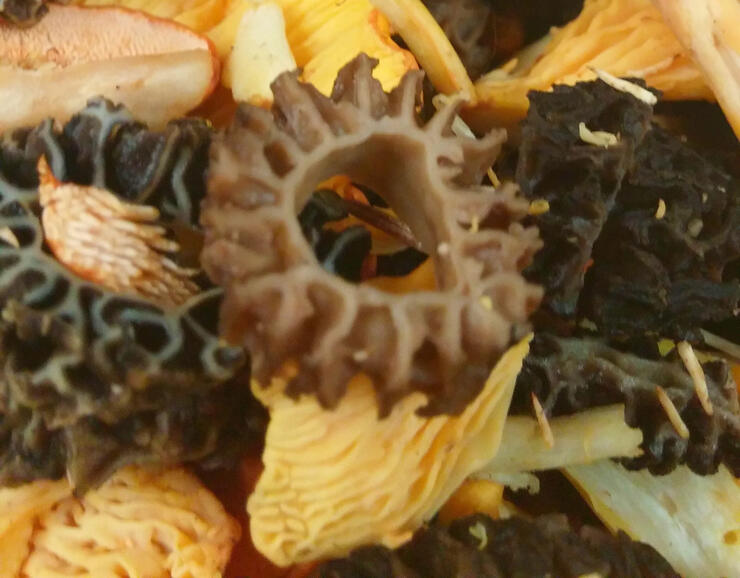
How to Forage for Mushrooms
If you’re new to foraging mushrooms, it is highly recommended that you go out with an experienced forager to start. Contact your local naturalist groups or check out Facebook groups like North Bay, Ontario & Area Foragers to find local foragers and foraging workshops.
If you are going foraging on your own, here are some important tips:
- Harvest sustainably: With the increasing interest in self-sufficiency and foraging, we all need to do our part to ensure that there is enough to go around and that we do not harm the mushroom populations. A rule of thumb is to never take more than you need, which should be about 10% of the crop you’ve found. This can be difficult, especially when you run into a thriving crop of mushrooms, but remember that you only need enough for you. Look around at the mushrooms that you’ve found. Are there signs another forager has been through here recently (little dug holes, cut stems)? If so, look for another crop. If you come across lots of baby mushrooms, let them grow. They are not yet ripe and they haven’t had a chance to spread their spores. Note their location and come back in a few days.
- Do your research: There is no simple test that can determine whether a mushroom is edible or poisonous. The only way to be certain is to know exactly what species you’ve found. Remember the old saying: ‘There are old mushroom pickers and there are bold mushroom pickers, but there are no old, bold mushroom pickers’. Use your field guide and be sure about the mushroom you’ve picked and be aware of poisonous look-alikes.
- Don’t pick older, over-ripe or bug damaged mushrooms: These mushrooms are past their prime and won’t taste good and may have some critters buried inside. Best to just leave these mushrooms as they are.
- Clean your mushrooms in the field: Make sure to bring a brush with you and give your mushrooms a good clean as soon as you pick them. Mushrooms are delicate. If you clean them right away, you can get rid of dirt and debris that won’t get stuck in crevices as they move around in your bag and will be more difficult to get rid of later. This also gives you a chance to have a good look at your mushrooms and make sure you haven’t accidentally picked up a look-a-like. The other bonus is you’re taking the time to slow down and appreciate the process and nature around you.
Where to Forage for Mushrooms in Ontario
In Ontario, there are some strict laws on where you can forage. Foraging wild mushrooms in Ontario is restricted to private land and Crown land where food gathering is permitted. It is important to check for permission before harvesting wild mushrooms. Foraging wild mushrooms in provincial parks is illegal. Also, to protect local ecosystems, most Ontario nature reserves, conservation areas, public parks and country forests do not allow food collection. Where you will forage will also depend on the type of mushrooms you’re looking for. There are lots of different mushrooms that can be found in Northeastern Ontario, and lots of varieties of those mushrooms. Here is a guide to some of the most popular mushrooms across Northeastern Ontario.
Types of Mushrooms in Ontario
MORELS Morchella spp.
Harvesting Time: Spring
Location: Forests, near open meadows and highly disturbed landscapes (burned or grazed areas)
Identification:
- Heads are long with ridges and pitted chambers, like a sponge
- Hollow inside the tim of the cap to the bottom of the stalk
Cautions:
- Do not confuse with the false morel, which is poisonous (consult guides, images and experts)
- Do not eat raw morels
- Cook morels very thoroughly, to avoid possible stomach pain or discomfort
CHANTERELLES Cantharellus cibarius
Harvesting Time: Spring to summer; sometimes they can be found again in the fall
Location:
- Moist, shaded areas
- Near hardwoods such as birch, maple or oak trees
- Be sure to look under ferns and bushes
Identification:
- 2-10cm in diameter
- Rich yellow/orange colour
- Cap edge is wavy (instead of smooth and flat)
- Caps and gills (long, thin tissues found under the cap) are the same color as the cap and the stalk gets paler
Cautions:
- Do not confuse with the false chanterelle
- Has a flat cap, the gills do not flow down the stem and they will stain your fingers with the yellow/orange color
PUFFBALLS - GIANT Calvatia gigantea
Harvesting Time: Late spring to mid fall
Location:
- Arc or fairy rings
- Open woods
- Pastures
- Urban areas (it is not uncommon to find them in grassy lawns)
Identification:
- Grow to the size of basketballs
- When knocked on, there should be a thud as though knocking on a basketball
- White exterior, occasionally split down the middle if it grew rapidly
- Interior will be bright white with no differentiations
- No stalk
Related Information: Always cut your puffballs open before cooking and consuming. If they are not white or they are dusty, they are past edibility. Take them outside and stomp on them to release spores
Cautions:
- When giant puffballs are large, they are hard to falsely identify.
- The only other large look-a-like is an earth ball, which are brown or yellow on the exterior and black on the interior.
PUFFBALLS - PEAR-SHAPED Lycoperdon pyriforme
Harvesting Time: Mid-summer to late fall
Location: Grow in clusters on wood, decaying logs, stumps and debris
Identification:
- 2-5cm around
- Small, round and white/cream
- Inside is all-white with no differentiated areas
- When pinched, they should be firm
Related information: If you find past-ripe puffballs, squeeze or stomp on them to release the spores so that they can reproduce
Cautions:
- There are many look-alikes of these mushrooms. Be sure the insides are bright white with no gill markings
- Always cut your puffballs open before cooking and consuming. If they are not white or they are dusty, they are past edibility. Take them outside and stomp on them to release spores.
LOBSTER Hypomyces lactifluorum
Harvesting Time: Midsummer into fall
Location:
- Wooded areas
- Edge of roads
- Mossy areas
- Old growth forests
Identification:
- Cap size around 5 to 12cm,but can vary based on the original mushroom - Bright orange mushroom with firm cap and stem
- Irregular or seemingly deformed appearance
Related Information:
- Great mushroom for beginners because they are easy to identify and do not have poisonous look-alikes
- Parasite fungi, like chaga
- Make sure the stems are firm and and vibrant white
- Parts of the mushroom cap may have to be removed to get rid of all the dirt
- Leave the roots, dig down and cut close
CHAGA Inonotus Obliquus
Harvesting Time: Winter
Location:
- Wooded areas
- Birch trees (older trees tend to have larger chaga growths)
Identification:
- Growing directly on a birch tree
- Black/brown crumbly ‘charcoal’ like exterior with golden yellow interior (similar to sponge toffee)
Cautions:
- Chaga can grow high up in trees. Always be safe when using ladders or scaling trees
- Talk to your doctor before consuming chaga, as it can have some
- contra-indications for liver disease and auto-immune disease
- When processing chaga, do not boil. A low and slow simmer for a few hours is best for getting all of the benefits from chaga
Recommended Articles
The Seven's Best Hikes, Biking Trails and Lakes

7 Best Spots to Check Out in The Seven

Budget Bliss: Explore Northeastern Ontario Without Breaking the Bank

Bring Your Fam!

Time to Unwind: 6 Spa Havens to Discover In The Seven
5 Amazing Places to SUP in Northeastern Ontario

5 Amazing Bike Rides to Discover

Northern Lights in Northeastern Ontario

Northeastern Ontario's Best Pride Festivals

Fish for one of the World's Rarest Species of Trout

An Insider's Guide to Manitoulin Island

6 Small-Town Gems to Explore in Northeastern Ontario

11 Best Things to Do in Kapuskasing, Ontario




